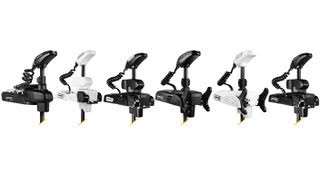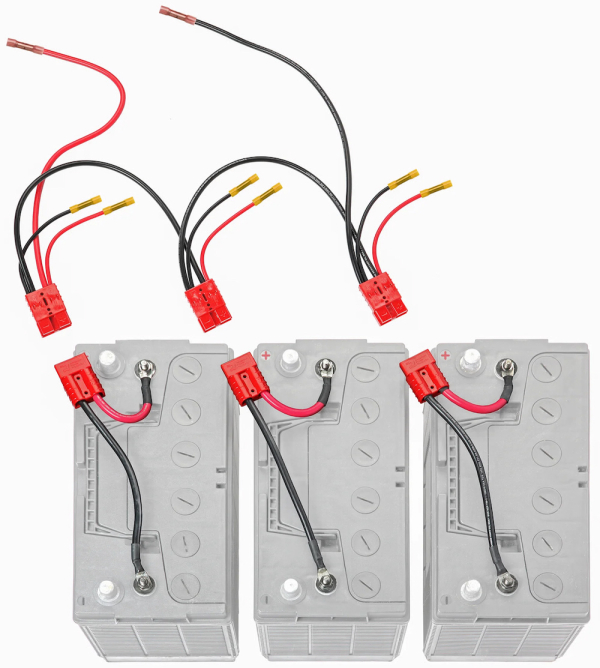New Tech for Trolling Motors
Trolling motors are everywhere in fishboats these days, from the stern of canoes and jon boats to the bow of kayaks, bass boats and flats boats. In the last few years, jumbo motors are even showing up on offshore fishing boats—really big offshore fishing boats.
These are all 36-volt motors and all produce 100 pounds of thrust or more at full power.
The Rhodan HD GPS Anchor model is available with shaft lengths to 108”, winning the “mine’s longer” race over the Minn Kota Riptide Terrova, which is available with up to a 100” shaft. These should be long enough to reach the water from the bow of your 53’ Hatteras if you want. (Most of these motors go on the front of fast center console boats in the 25’ to 40’ range and are used to position the boats via “spot-locking” GPS over grouper and snapper reefs, in lieu of messing with all that anchor rope.)
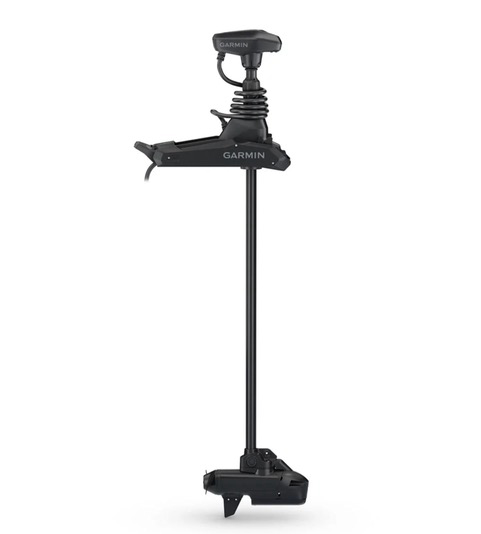
Garmin’s Kraken offers shaft lengths to 8’. MotorGuide’s Xi5 model and new player Power Pole Move have shaft lengths to 72”.
Lowrance makes the Ghost trolling motor, very quiet but not targeted for big saltwater boats—it’s maximum shaft length is 60”
These big motors, mostly 36 volt models, take a lot of power to run. The booming lithium battery industry is making hay supplying them, at about $1,000 each for three 12-volt models or $1700 to $2300 for a single 36-volter.
Even at that, though, motors producing over 100 pounds of thrust at maximum power burn through a lot of DC in short order. The solution, several builders have decided, is brushless technology.
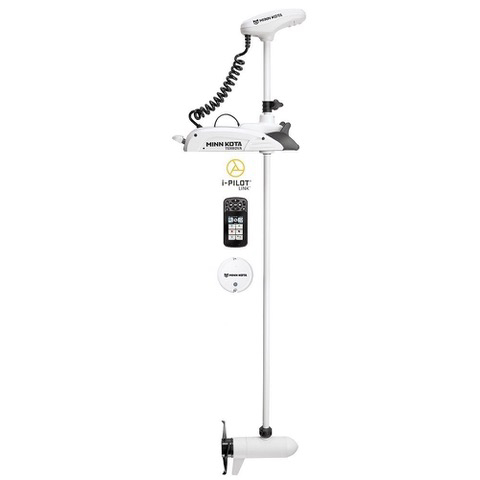
What Are Brushless Trolling Motors?
In the traditional trolling motor, copper “brushes” and commutator plates apply electrical energy to spin the armature, which is centered on the prop shaft of the trolling motor. When the armature spins, so does the propeller.
This obviously works, as evinced by the sale of tens of thousands of trolling motors over the last 89 years since Minn Kota made the first commercially available troller.
However, brushed motors make a fair amount of noise and are not the most efficient design possible. The brushes also wear out after long use and have to be replaced, or the motor (usually) winds up junked and replaced with a newer version.
In the early 1960’s, a couple of engineers figured out that it was possible to run an electric motor without the use of brushes, via a rotor holding permanent magnets, and a stator or fixed part holding copper coils that become electromagnets when a current is sent through them, set up with the proper circuitry.
Advantages of New Tech
The advantages of the brushless motors are that they run virtually forever without the need for replacement parts, they use significantly less power due to lower friction, they make less acoustic noise and they also make less electrical “noise” or interference that could affect other circuits nearby—like sonar and GPS on a boat. They do, however, cost more to make, at least when used in trolling motors, which is probably why it has taken a while for them to arrive on the market.
But they are here now. Brushless technology first appeared in trollers designed for freshwater bass market, which still consumes the lion’s share of the market. The Garmin Force and the Lowrance Ghost freshwater models both have it. They have been out a couple of years, but neither is designed for the rigors of saltwater use.
At the ICAST just past, Garmin, Minn-Kota and Power-Pole introduced brushless long-shaft trolling motors specifically aimed at saltwater. (Power-Pole’s Move model is brand new on the market, from the well-known originator of the shallow water anchor seen on so many bass and flats boats these days.)
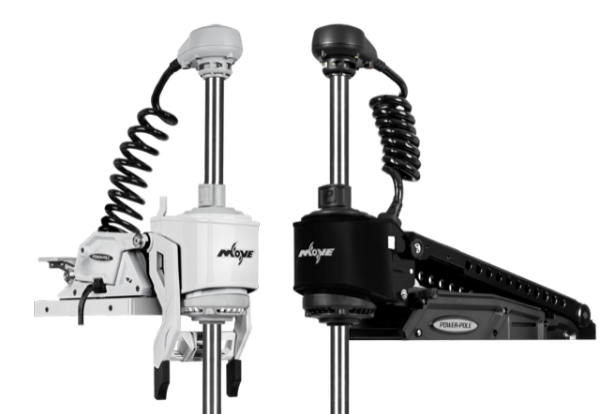
The advantages are pretty clear in the offshore market—the motors are going to be able to lock big boats on reefs and rigs for as long as the anglers are hooking up, despite wind, current and waves—and they won’t ever have to fight with hundreds of feet of anchor line again.
The motors can also be set to navigate a low-speed course, for example following a weedline looking for dolphin, or perhaps slowly circling a sea mount while trailing out live baits for tuna or billfish.
As you’d expect, all this new tech is a bit pricey, though not excessive in the world of offshore fishing, where it costs over a grand just to fill the gas tanks on a quad engine boat.
The least expensive models go for about $3600, the most for about $6,000.
Details here:
Garmin: https://www.garmin.com
Lowrance: www.lowrance.com.
Minn Kota: https://minnkota.johnsonoutdoors.com
MotorGuide: https://www.motorguide.com
Rhodan: https://www.rhodanmarine.com
Power-Pole: https://power-pole.com/trolling-motors
— Frank Sargeant
Frankmako1@gmail.com

